
Eastern Rosella
Platycercus eximius


Platycercus eximius

The eastern rosella, introduced to New Zealand in the early 1900s, is a vibrant and eye-catching parrot about the size of a small pigeon. With its kaleidoscope of colors and cheerful chatter, this Australian native has become a familiar sight in many North Island landscapes and around Dunedin in the South Island.
1. Bright red head with distinctive white cheek patches
2. Multicolored plumage with red chest, yellow belly, and blue wings
3. Noisy chatter and swift, undulating flight pattern
Eastern rosellas are cavity nesters, breeding from August to February. They form monogamous pairs and can raise two broods in favorable conditions. While not considered a major threat to native species, their adaptability has allowed them to thrive and expand their range in New Zealand. They're known for their gregarious nature and form small flocks outside the breeding season.
Look for eastern rosellas in lightly wooded areas, parks, and gardens throughout much of the North Island, especially in Northland, Auckland, Waikato, and Wellington regions. In the South Island, they're mainly found around Dunedin. They're active during daylight hours, often seen feeding on the ground or perched in trees. Listen for their loud, distinctive chatter. Tip: Scan open grassy areas near trees where they often forage in small flocks.
Introduced to New Zealand in the early 1900s, eastern rosellas first established in Dunedin, then spread to Auckland and Wellington. While not part of traditional Māori culture, their vibrant colors and cheerful presence have made them a popular sight in urban and suburban areas, adding a touch of exotic flair to New Zealand's birdlife.
30 cm
105 g
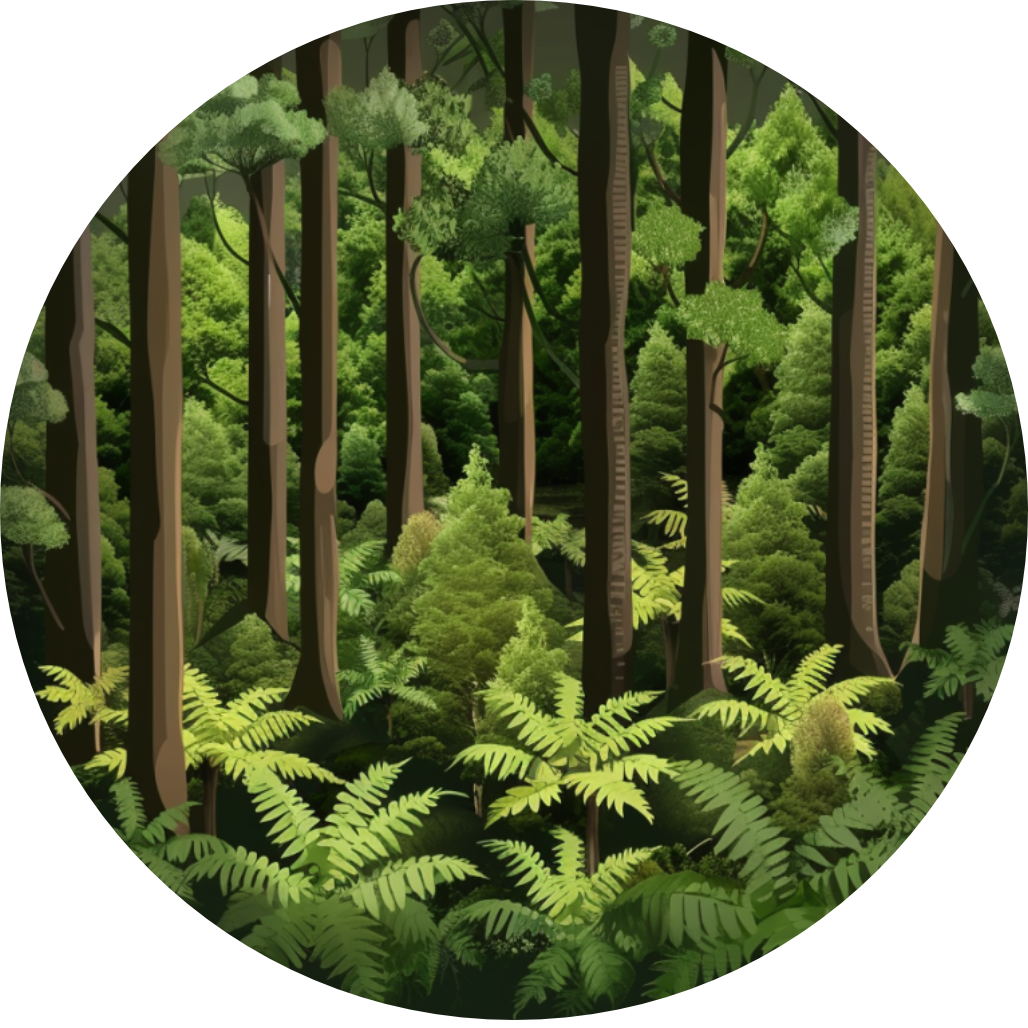
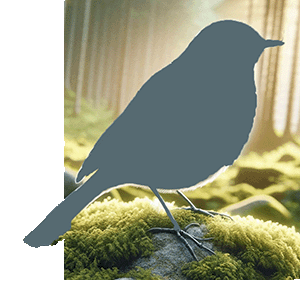
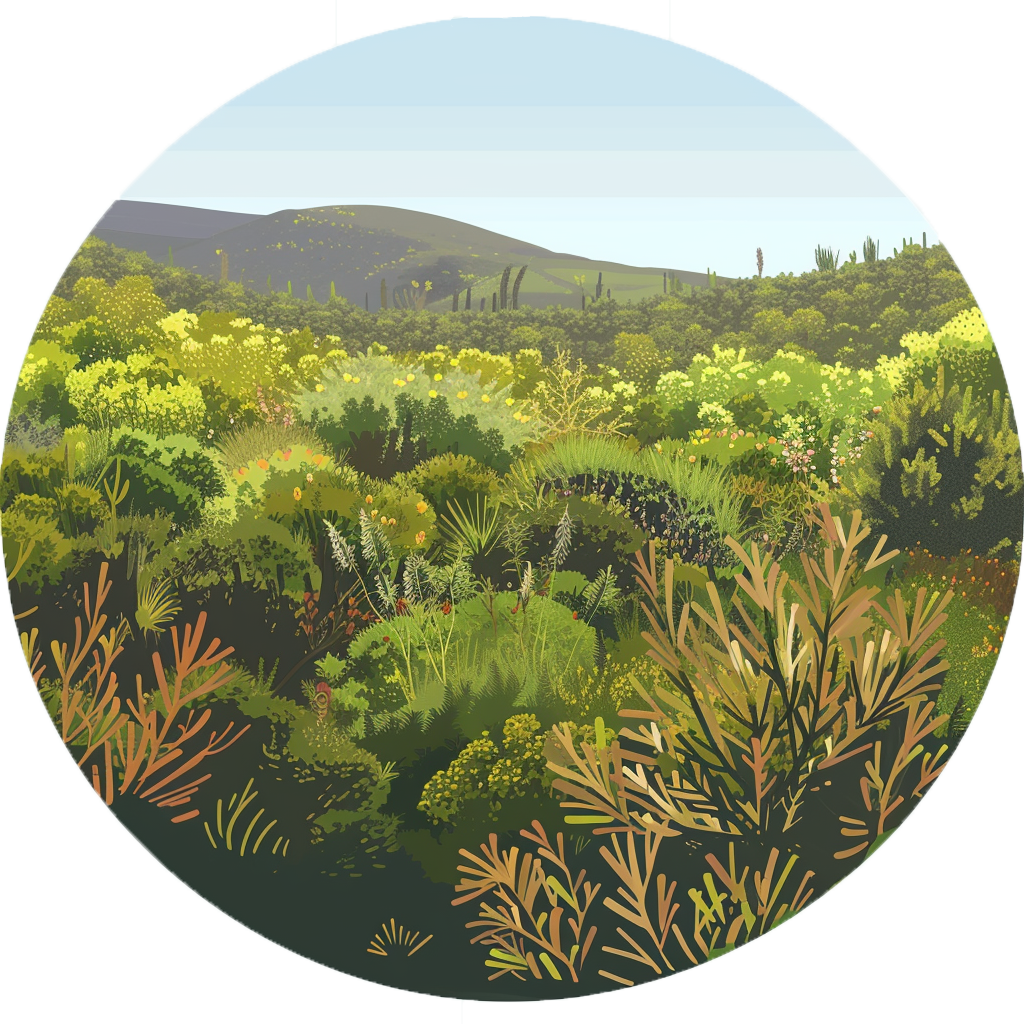

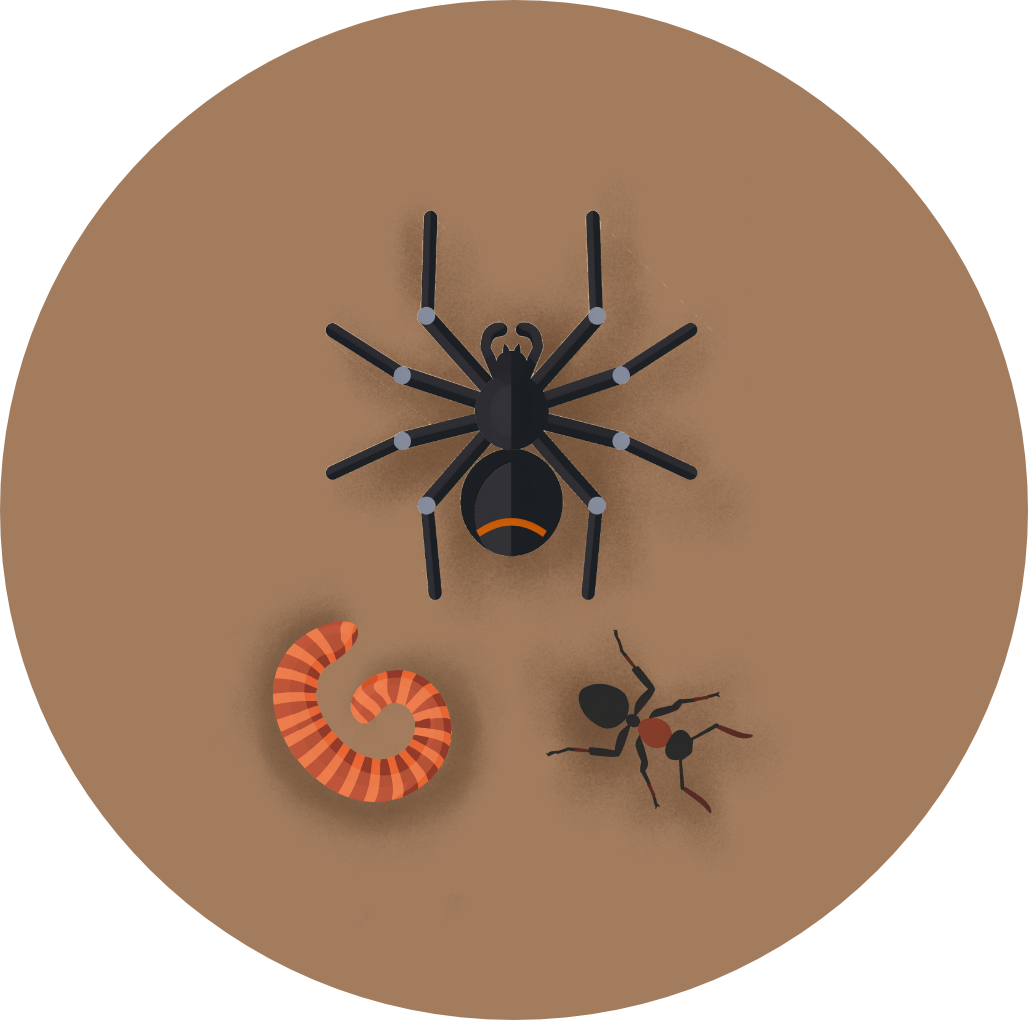
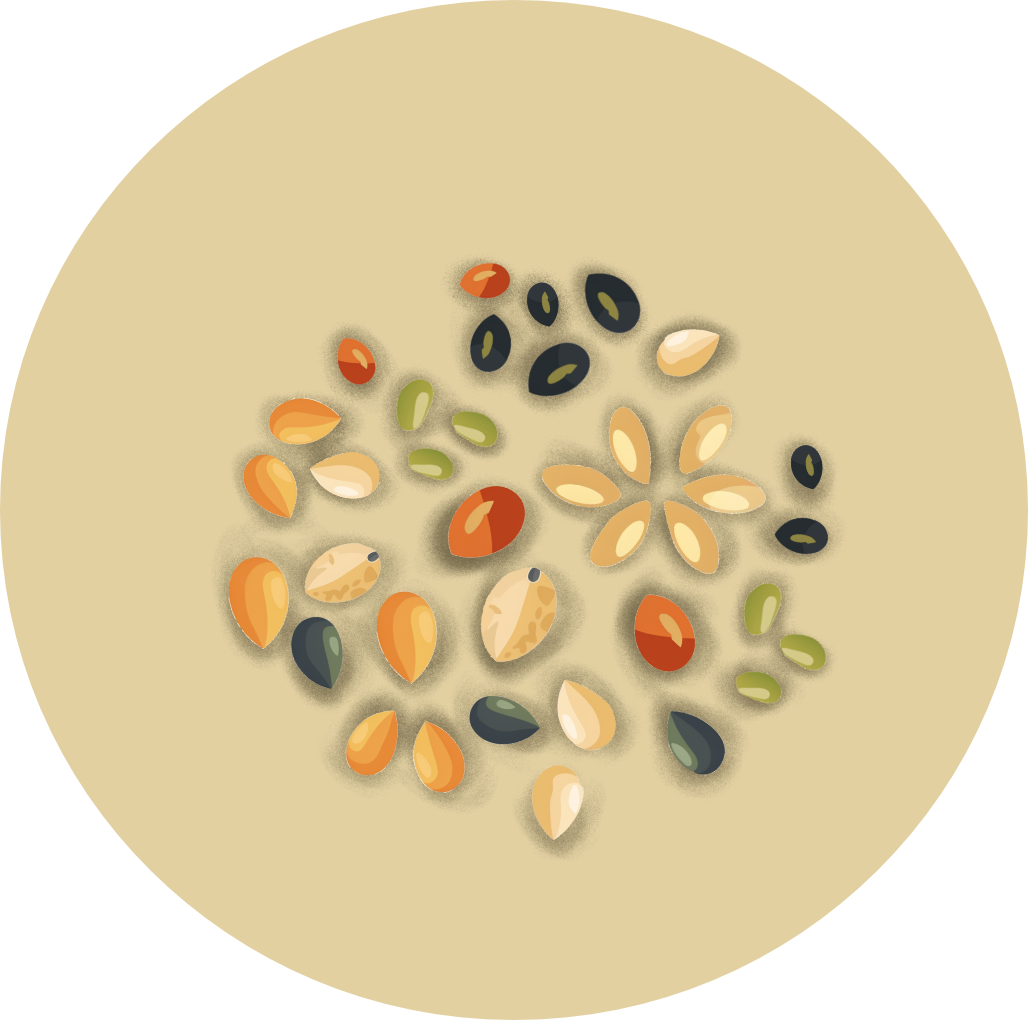
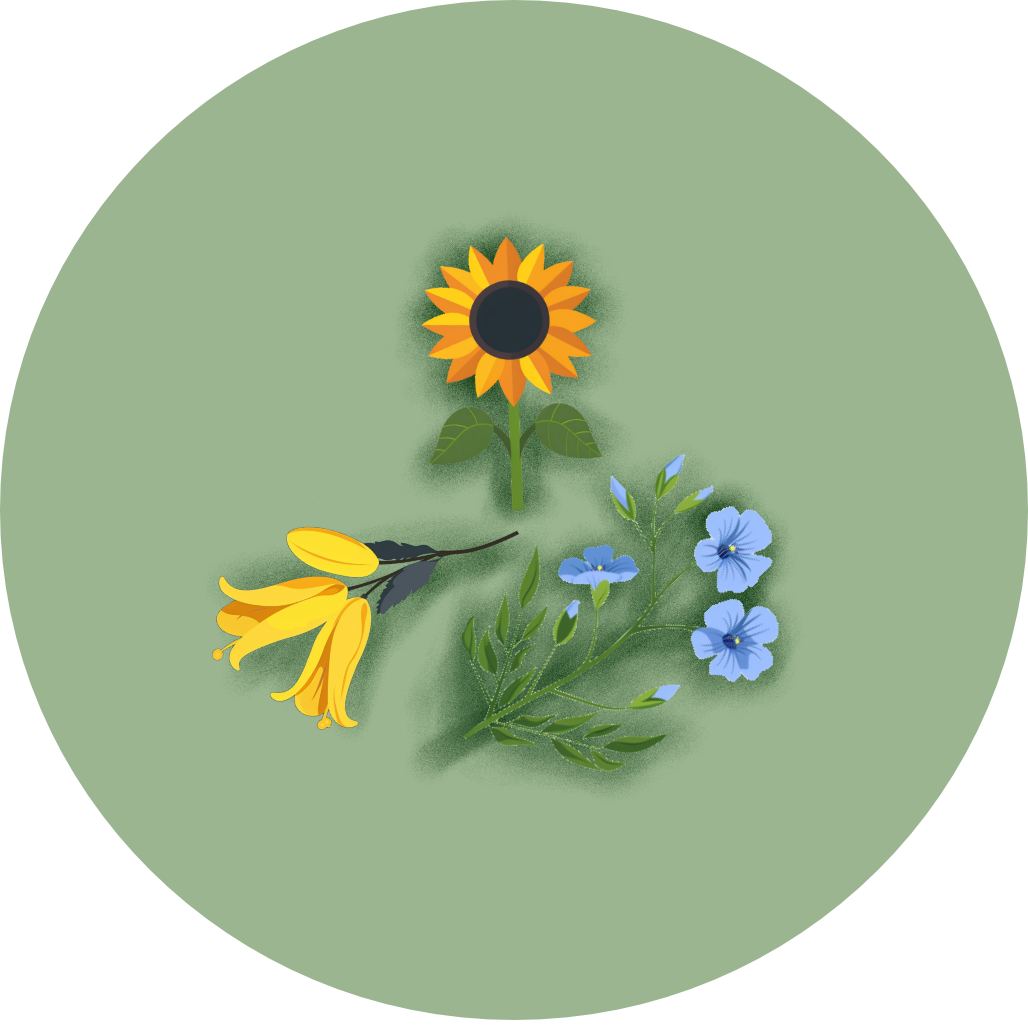
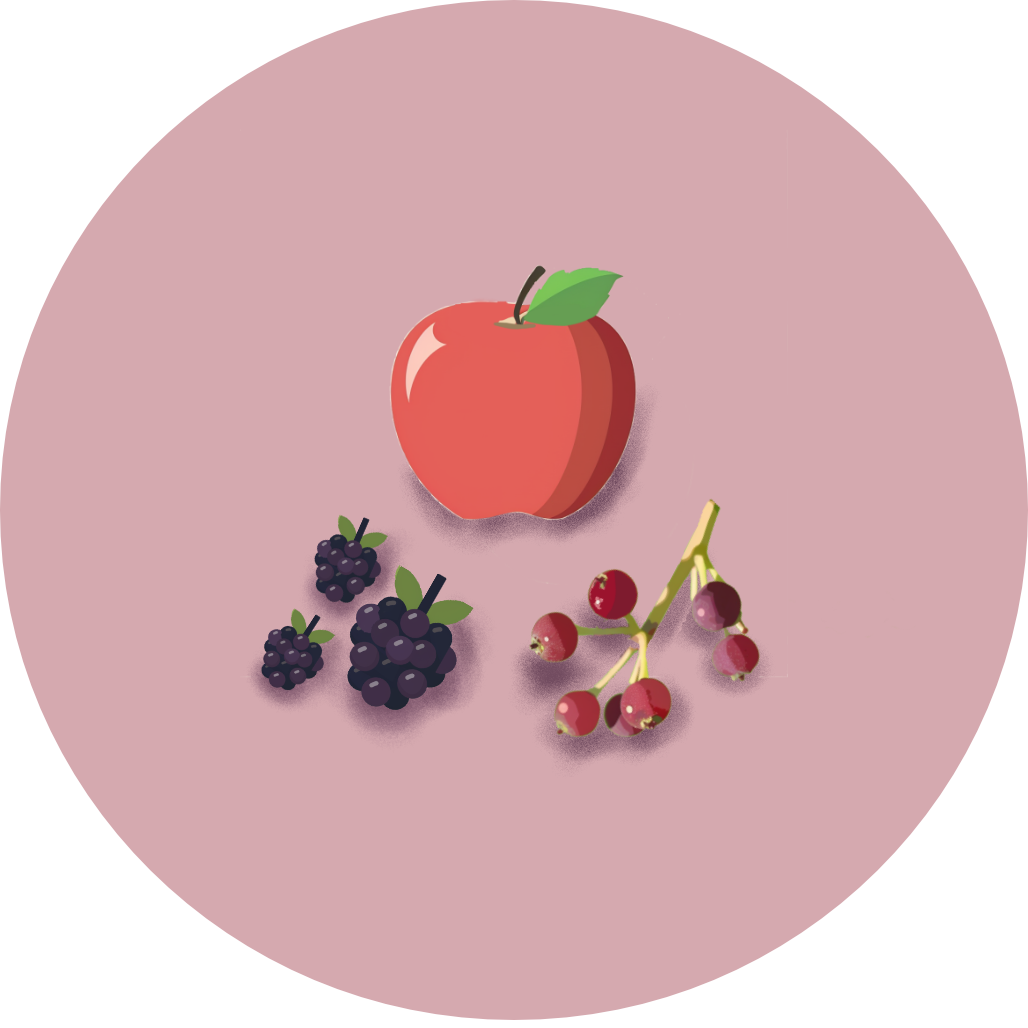
Coming Soon!
Top birding locations will be available in a future update.